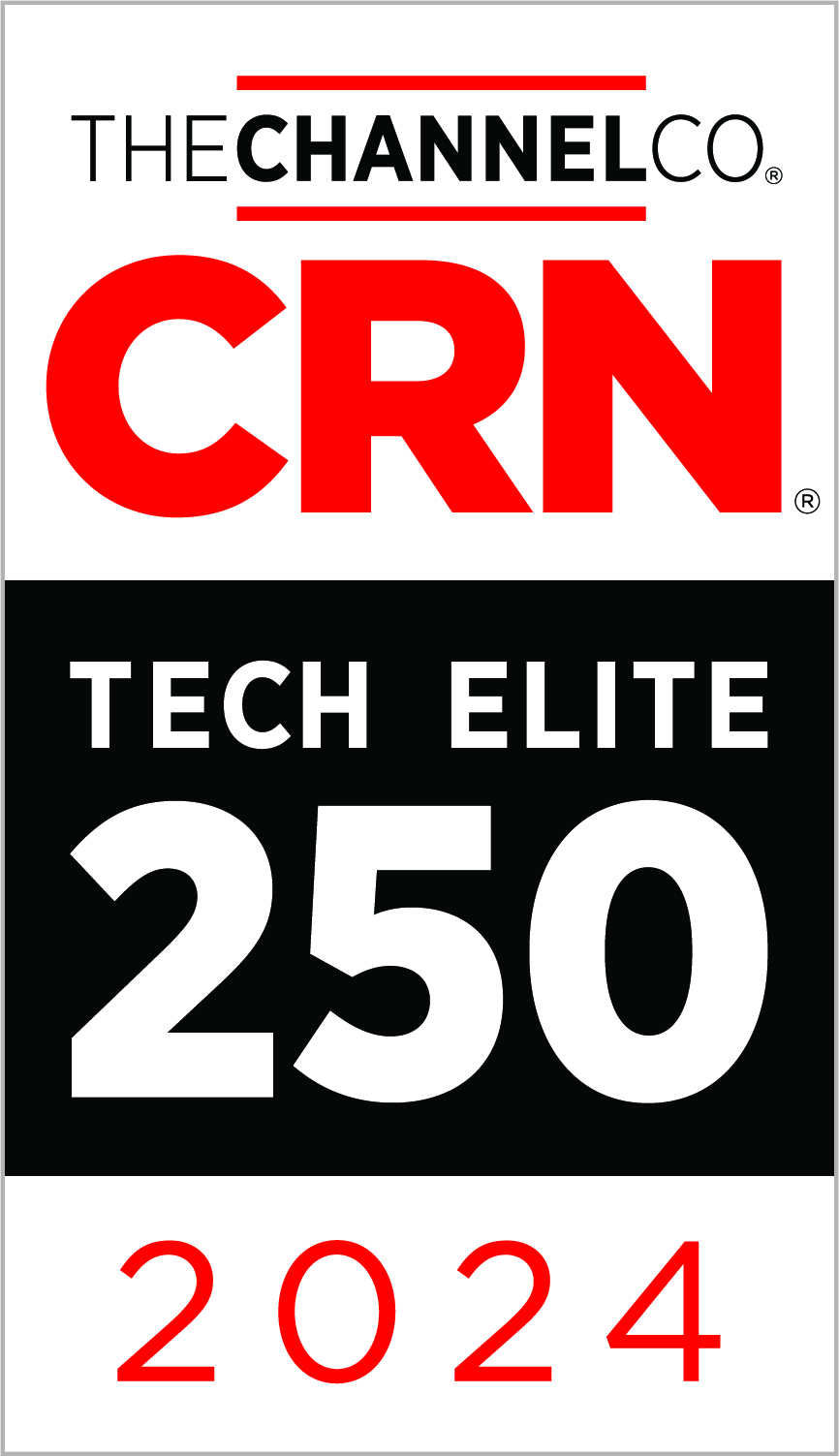CARES Act Providing Financial Light for Education and Healthcare

Healthcare and Education
The world is experiencing hardships across different industries. Two industries that are top of mind for everyone right now are education and healthcare. Both industries have immediate needs. Classes need to be available for children of all ages including higher education. Healthcare institutions need to stay operational.
Beyond the classroom, this also impacts parents. They want the assurance that their children can receive a valid education (from home or in the classroom). They need to have access to the right tools to make this work. For full-time workers, they need to balance work and education for their child(ren).
Quick access to a healthcare provider (telehealth or otherwise) is a desire for all. Healthcare professionals need to keep things running efficiently wherever they are practicing.
Funding Available
Many organizations in education and healthcare are in need of various solutions to help accommodate these unusual times. The biggest issue is that many may not have the budget available.
There is Federal funding available. Many have acted on this and have already received their allotted amount. There’s also the possibility that many (including institutions) aren’t knowledgeable about who and what qualifies for the CARES Act.
CARES Act
On March 27th, the CARES Act was signed into law. The United States Treasury set aside $150 billion. Through the Coronavirus Relief Fund, the CARES Act provides for payments to State, Local, and Tribal governments navigating the impact of the COVID-19 outbreak.
The CARES Act requires that the payments from the Coronavirus Relief Fund only be used to cover expenses that—
- are necessary expenditures incurred due to the public health emergency with respect to the Coronavirus Disease 2019 (COVID–19);
- were not accounted for in the budget most recently approved as of March 27, 2020 (the date of enactment of the CARES Act) for the State or government; and
- were incurred during the period that begins on March 1, 2020 and ends on December 30, 2020.
This funding can include Technology infrastructure maintenance, laptops for children for in-home education, telehealth and improved bandwidth capacity. There is a significant demand for institutions to keep up with the necessary technology and bandwidth as remote working and schooling continue.
Examples of How the Funding Can Be Used
This funding covers K-12, higher education, Telehealth and Healthcare providers at the state and local levels. Many organizations may ask how can this funding be used.
In healthcare, there is the need for never-ending storage for electronic versions of X-rays. These are typically very large files and will take up a significant amount of space in one’s current storage environment. This is one example in healthcare where funding is needed.
Another case is schools who store online educational software, student’s online reports, projects, etc. More and more file space is a need. Data centers will need to expand and costs for storage will increase. These type of funds can help education and healthcare institutions expand their storage to accommodate the forthcoming Terabyte avalanche. There are cases where these funds could pay for the entire storage upgrade.
Providing children with the necessary equipment to learn as much at home as they are in the classroom is expensive. However, like the potential storage costs being covered under the CARES Act, State or local funding, the same could be said for laptops. Below is an example of funding available from a fund titled, “Elementary and Secondary School Emergency Relief Fund (ESSER).”

Items to Be Aware Of
However, much like annual budgets prior to COVID-19, if funds are not used, then the next round results in a smaller financial injection. There are also local and state funds available for educators and healthcare providers. These have their own deadlines for application and expenditures. Below is a timeline of the Elementary and Secondary School Emergency Relief Fund (ESSER) ($13.2 billion). This is just an example of what to be aware of when researching and applying for funds. There’s a ‘shot clock’ for obtaining these funds.

Recipients of the CARES Act, State and local funding must all meet the requirements. At Zunesis, we can help identify funds and grants which would be applicable to an education or healthcare institution. We have done this for several of our SLED and Healthcare customers. It can be overwhelming, but we’re very good at identifying these opportunities.
Being an IT Solutions provider, we can identify the optimal infrastructure for your Education or Healthcare organization. And once the funding is available, we will make the applicable hardware order, track it, install it and provide documentation for reference.
We are all in this fight together. Let’s work together to help one another out during these times of need.
Categories
Search
Blog Categories
Related Resources
Archives
- July 2024
- June 2024
- May 2024
- April 2024
- March 2024
- January 2024
- October 2023
- September 2023
- August 2023
- July 2023
- June 2023
- May 2023
- April 2023
- March 2023
- February 2023
- January 2023
- October 2022
- July 2022
- June 2022
- May 2022
- April 2022
- March 2022
- February 2022
- January 2022
- December 2021
- November 2021
- October 2021
- September 2021
- August 2021
- July 2021
- June 2021
- May 2021
- April 2021
- March 2021
- February 2021
- January 2021
- December 2020
- November 2020
- October 2020
- September 2020
- August 2020
- July 2020
- June 2020
- May 2020
- April 2020
- March 2020
- February 2020
- January 2020
- December 2019
- November 2019
- October 2019
- September 2019
- August 2019
- July 2019
- June 2019
- May 2019
- April 2019
- March 2019
- February 2019
- January 2019
- December 2018
- November 2018
- October 2018
- September 2018
- August 2018
- July 2018
- June 2018
- May 2018
- April 2018
- March 2018
- February 2018
- January 2018
- December 2017
- November 2017
- October 2017
- September 2017
- August 2017
- July 2017
- June 2017
- May 2017
- April 2017
- March 2017
- February 2017
- January 2017
- December 2016
- November 2016
- October 2016
- September 2016
- August 2016
- July 2016
- June 2016
- May 2016
- March 2016
- February 2016
- January 2016
- December 2015
- October 2015
- September 2015
- August 2015
- July 2015
- June 2015
- May 2015
- April 2015
- March 2015
- February 2015
- January 2014
- February 2013




